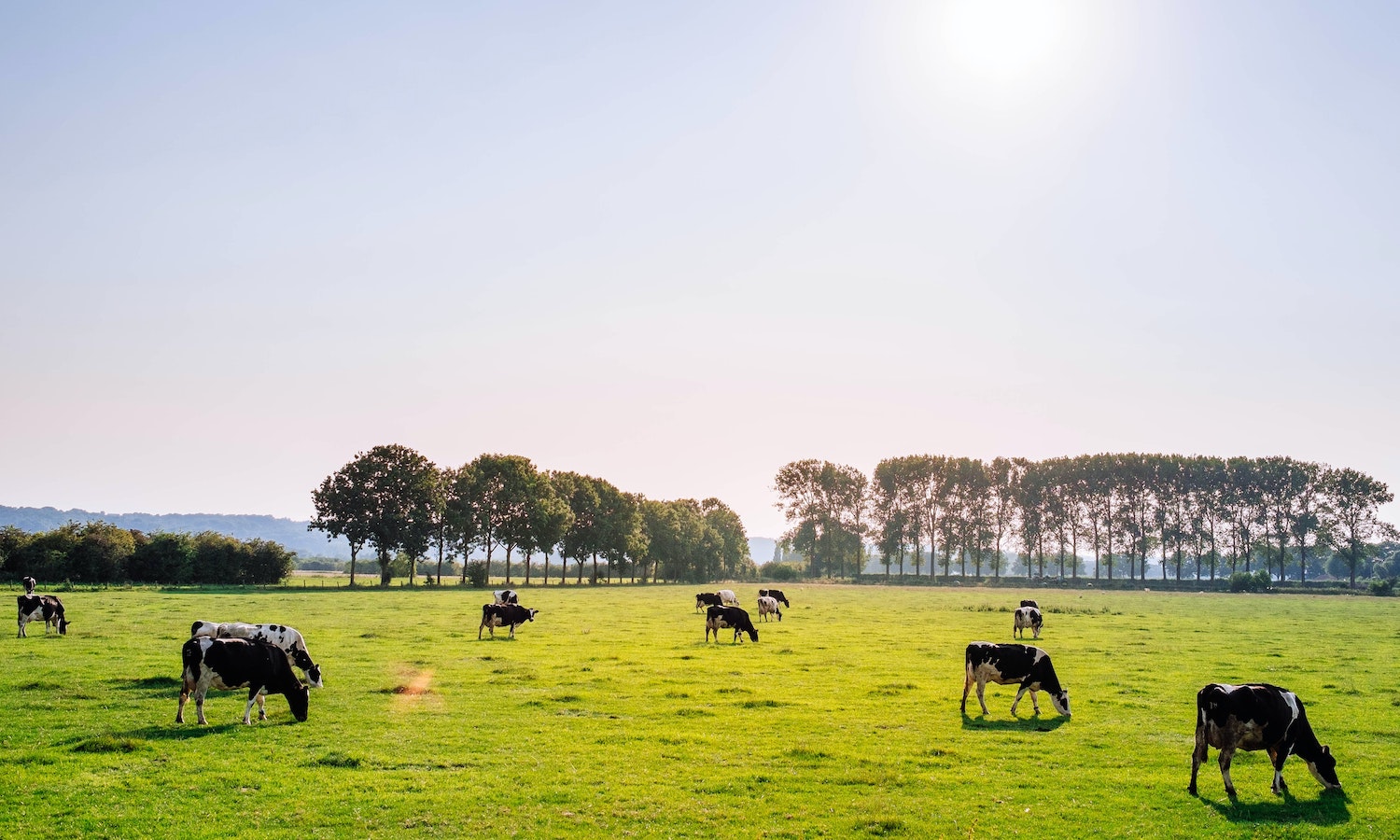As COVID-19 spread across the country over the last two years, a meat shortage emerged. And it wasn’t for a lack of animals. The pandemic spread quickly in large, crowded slaughterhouses, forcing them to temporarily shutter. Farmers and ranchers suddenly had nowhere to send their livestock. Grocery store shelves sat empty; meanwhile, animals that had reached maturity were killed and buried in the fields.
Like many fragilities that COVID-19 exposed in our food system, the slaughterhouse shortage was a disaster waiting to happen. Small-scale meat producers have long suffered from a lack of access to processing facilities. Slaughterhouses serving small-scale and organic farmers and ranchers have been in extremely short supply for decades—an issue known as the “meat processing bottleneck.”
This matters because the farmers and ranchers meeting demand for local meat—many of whom adhere to organic practices—deserve our support. They are often smaller businesses with an emphasis on animal welfare, environmental stewardship, and selling fresh, healthy foods directly to their communities. Small-scale slaughterhouses also support the local food supply, generate revenue locally, and create jobs that often pay a high hourly wage and promote healthier and more flexible working conditions. Consumers are becoming aware of the many benefits small-scale livestock farming and processing provide, and unsurprisingly, there has been increasing buyer demand for meat produced by these methods.
But these small-scale facilities cannot keep up with demand. They face a range of financial, labor, and regulatory hurdles. Meat processing regulations are largely written with large processors in mind, and only work for those who have gained such economies of scale that it is nearly impossible for small processors to compete. This worsens corporate consolidation and creates a marketplace in which large-scale facilities slaughter and process the vast majority of meat in our food supply. For example, just four companies now control more than 80 percent of the market for processing beef.
As a result, small-scale and certified organic producers have lost nearly all preference, convenience, and flexibility when it comes to when and where they can slaughter their livestock. Without scaling up considerably, these farmers cannot get into the large facilities, and currently face a wait time for slots at slaughterhouses ranging from 6 to 18 months. Even worse, many must drive for hours and hundreds of miles to reach a facility willing to accept them. These long drives are not only expensive, labor-intensive, and environmentally taxing; they are also distressing to animals, a particular issue these farmers with high animal welfare standards work to avoid. This unnecessary stress on the animals also affects the quality of the finished meat that these producers take great care in providing.
Organic meat farmers face additional challenges. Due to the National Organic Program’s strict standards, certified organic livestock producers who can’t access certified organic processing facilities are unable to market or label their products as organic or use the USDA Certified Organic seal—even if their animals were raised in compliance with organic standards. At a time when organic meat is one of the fastest growing organic food categories on the market, this is yet another hurdle for hardworking farmers in communicating the integrity with which their product was produced.
Fortunately, promising legislation is in the works. In February 2021, a bipartisan group of lawmakers introduced the Strengthening Local Processing Act in both the House and Senate. The bill provides processing facilities that employ 500 workers or fewer with the funds needed to grow and expand to meet both producer and consumer demands. It also supports a scale-appropriate approach to slaughter and processing—something that current regulations do not consider. Many well-established national organizations endorse the bill, including the National Sustainable Agriculture Coalition, the American Association of Meat Processors, the Niche Meat Processors Assistance Network, and the National Farmers Union. Public input is crucial, and now is the time to contact members of Congress and express support for the bill.
Consumers can also support local and organic producers by buying directly from local farmers and ranchers at farmers’ markets and through community-supported agriculture programs. Some farmers offer herd share programs that allow consumers to purchase an animal in a local herd, pay the rancher to care for the animal, and collect the meat when the animal is harvested. Under this type of arrangement, consumers can confidently purchase certified organic animals, even if the meat cannot not be labeled as such due to a lack of access to certified organic slaughterhouses.
From backing policies that strengthen slaughterhouse access, to carefully choosing how and where to spend money on meat, support for small-scale and organic meat producers is crucial. It will help to bolster the resilience of our food system in the face of future challenges beyond COVID-19, and contribute to building healthy communities from the pasture to the plate.
Articles like the one you just read are made possible through the generosity of Food Tank members. Can we please count on you to be part of our growing movement? Become a member today by clicking here.
Photo courtesy of Leon Ephraïm, Unsplash











